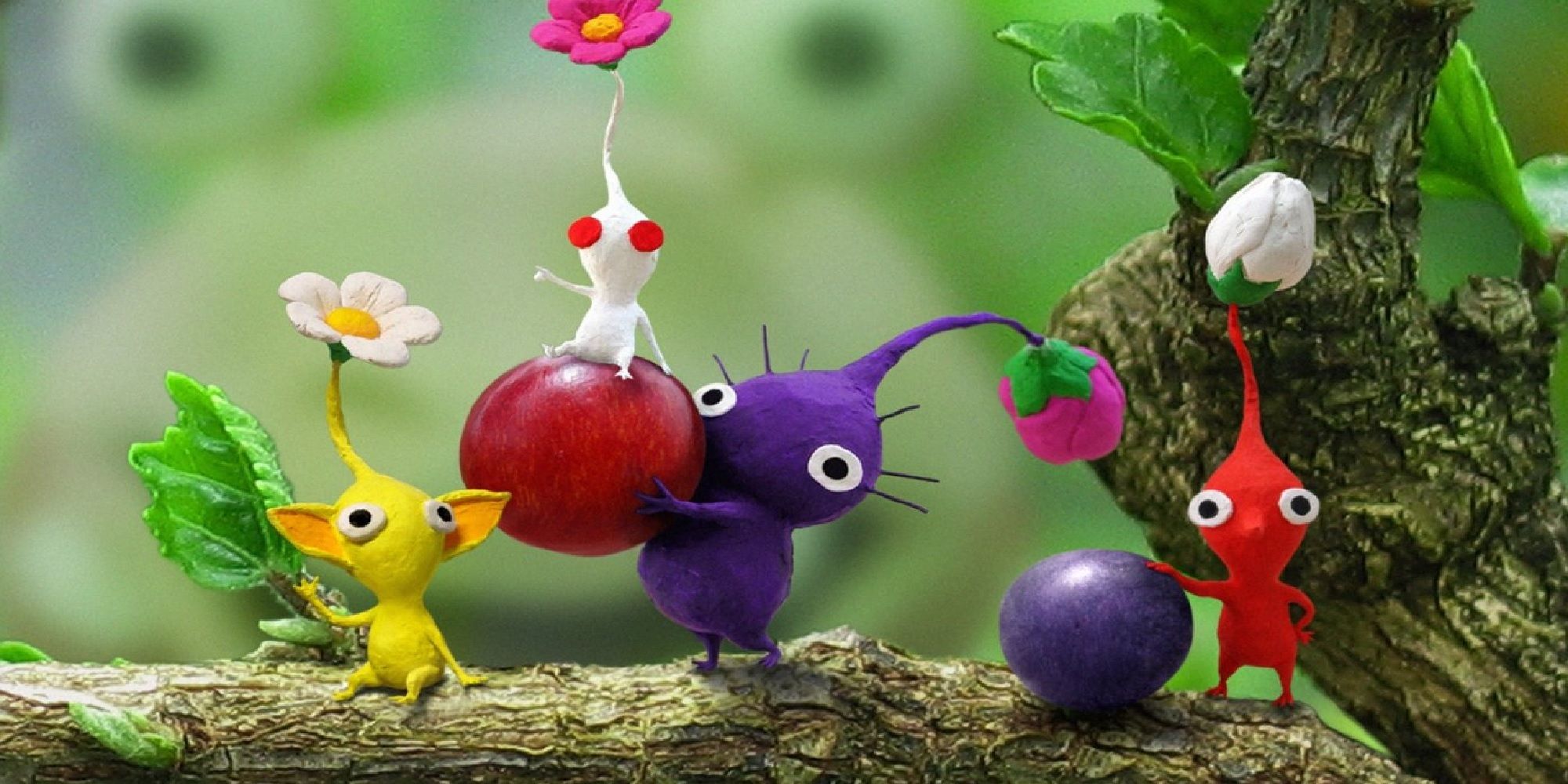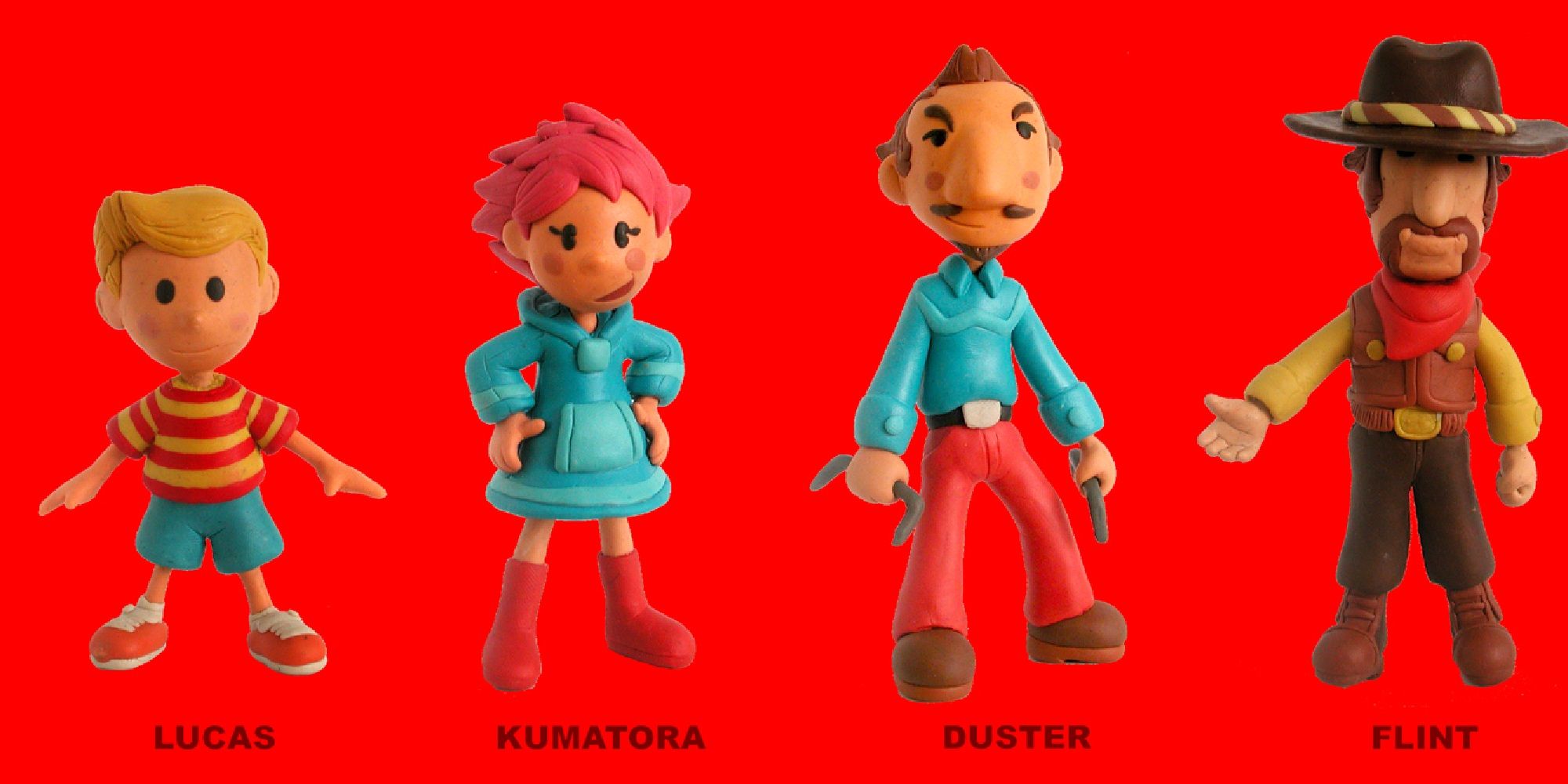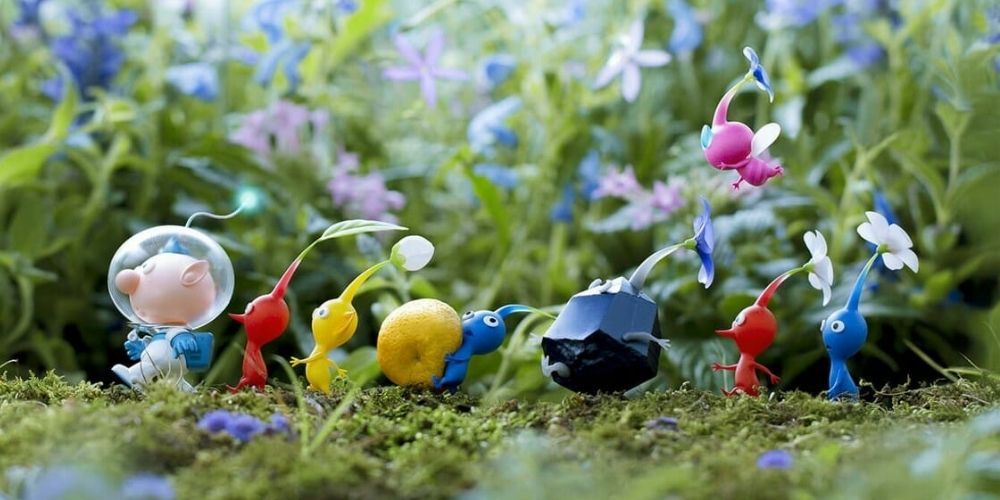Nintendo's official artwork has always been among the video game industry’s best. While instruction booklets and regional box art for Nintendo games contain a treasure trove of character portraits and sketches, there’s one style that has always stood out as being a key part of its quirky presentations: clay figures.
Clay figures have historically been an important medium used to help Nintendo’s more niche games, but in recent years, these figures are nowhere to be seen. By taking a look at the history of these particular games and Nintendo’s evolutions in promotional strategy, it may be possible to uncover the truth of why the figures never stuck around.
Nintendo wasn't the only company to use such materials. Skipping over the obvious Clay Fighter from Interplay, Square famously included clay figures of its troop of protagonists in Secret of Mana, fitting them prominently into the game's printed manuals both in Japan and abroad. It's uncertain whether Nintendo had any influence there, though it's certainly possible given that Secret of Mana was a Super Nintendo release.
Nintendo's Clay Figures Are Classic, But Perhaps No Longer Viable
The historic first cover of Nintendo Power magazine promoted Super Mario Bros. 2 using a clay Mario, a landscape of mushrooms and carrots, and Wart lurking in the background. Clay figures would continue to be used in Mario promotional material, but 2D art would soon take over, and the hand-drawn style of artist Yoichi Kotabe would eventually become synonymous with some of the most memorable illustrations.
The EarthBound franchise (or Mother as it is known in Japan) is also known for its use of clay models. The strategy guide that came bundled with EarthBound was littered with clay recreations of almost every character in the game. These designs were also used for a line of collectible figurines based on the game in Japan, and have since become a signature part of Earthbound’s promotional art, even appearing in issues of Nintendo Power.
The Pikmin series famously used clay models as well. Pikmin 2 sported them on the box art for every region of the game’s release. Pikmin 3 used 3D digital models instead, but it's clear that they were intended to imitate the charming look and feel of the clay Pikmin figures.
So why has Nintendo seemingly abandoned such a charming and unique style? It’s possible that the answer comes down to marketing. By using real-life objects to represent a game in advertising, the promotional material could be seen as misleading, especially when games like Kirby and the Rainbow Curse attempt to recreate the look of actual polymer clay.
What’s more likely is that real-life clay figures are far more difficult to make than 3D computer models. Pikmin 3’s artwork has proven that the look can be digitally reproduced, likely a lot quicker. Nintendo mainly used clay models to promote its more niche titles, like EarthBound and Pikmin, franchises that haven't seen a new release in quite some time, so it’s also possible that there have been no titles for which it thought the art style would be appropriate.
While this style has been absent a while, there’s always a chance Nintendo could bring its iconic clay figures back someday. Despite the fact that the images are undoubtedly CG, Nintendo’s realistic-looking models made a return for the release of Pikmin 3 Deluxe, so this style could return for future games in that franchise. Additionally, fan demand for a new EarthBound game (or at least the return of the old ones) grows stronger all the time. If Nintendo decided to bring back the Mother franchise in form, it wouldn't be surprising to see their nostalgic clay figures make a return as well.



